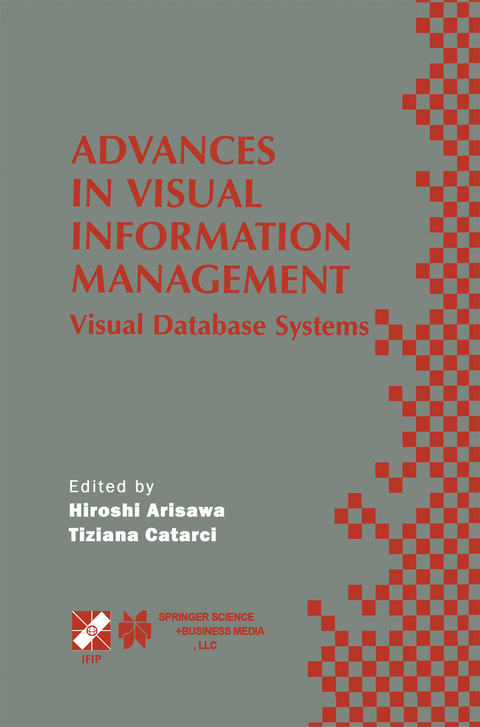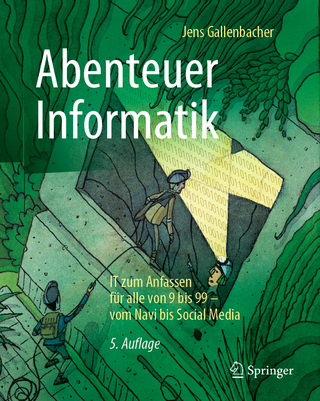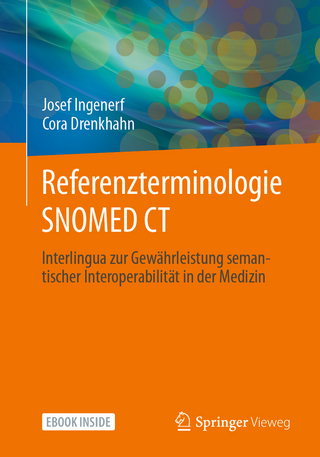
Advances in Visual Information Management
Springer (Verlag)
978-0-7923-7835-8 (ISBN)
Video segmentation is the most fundamental process for appropriate index ing and retrieval of video intervals. In general, video streams are composed 1 of shots delimited by physical shot boundaries. Substantial work has been done on how to detect such shot boundaries automatically (Arman et aI. , 1993) (Zhang et aI. , 1993) (Zhang et aI. , 1995) (Kobla et aI. , 1997). Through the inte gration of technologies such as image processing, speech/character recognition and natural language understanding, keywords can be extracted and associated with these shots for indexing (Wactlar et aI. , 1996). A single shot, however, rarely carries enough amount of information to be meaningful by itself. Usu ally, it is a semantically meaningful interval that most users are interested in re trieving. Generally, such meaningful intervals span several consecutive shots. There hardly exists any efficient and reliable technique, either automatic or manual, to identify all semantically meaningful intervals within a video stream. Works by (Smith and Davenport, 1992) (Oomoto and Tanaka, 1993) (Weiss et aI. , 1995) (Hjelsvold et aI. , 1996) suggest manually defining all such inter vals in the database in advance. However, even an hour long video may have an indefinite number of meaningful intervals. Moreover, video data is multi interpretative. Therefore, given a query, what is a meaningful interval to an annotator may not be meaningful to the user who issues the query. In practice, manual indexing of meaningful intervals is labour intensive and inadequate.
I Advances in Visual Information Management I.- 1 Construction of the Multimedia Mediation Systems.- II Video Retrieval.- 2 A New Algebraic Approach to Retrieve Meaningful Video Intervals from Fragmentarily Indexed Video Shots.- 3 Toward The MEdiaSys Vldeo Search Engine (MEVISE).- 4 Content-based Video Retrieval Based on Similarity of Camera Motion.- III Information Visualization.- 5 Visual Exploration for Social Recommendations.- 6 Web-Based Visualization of Large Hierarchical Graphs Using Invisible Links in a Hyperbolic Space.- 7 Visualizing Electronic Document Repositories: Drawing Books and Papers in a Digital Library.- IV Modeling and Recognition.- 8 A Motion Recognition Method by Using Primitive Motions.- 9 Conceptual Modelling for Database User Interfaces.- V Advances in Visual Information Management II.- 10 Searching, Data Mining and Visualization of Multimedia Data.- VI Image Similarity Retrieval.- 11 Efficient Image Retrieval by Examples.- 12 Applying Augmented Orientation Spatial Similarity Retrieval in Pictorial Database.- 13 Toward Feature Algebras in Visual Databases: The Case for a Histogram Algebra.- VII Spatio-Temporal Database.- 14 Query-By-Trace: Visual Predicate Specification in Spatio-Temporal Databases.- 15 Skimming Multiple Perspective Video Using Tempo-Spatial Importance Measures.- 16 Networked Augmented Spatial Hypermedia System on Internet.- VIII Visual Querying.- 17 Drag and Drop: Amalgamation of Authoring, Querying, Restructuring for Multimedia View Construction.- 18 BBQ: A Visual Interface for Integrated Browsing and Querying of XML.- 19 MDDQL: A Visual Query Language for Metadata Driven Querying.- IX Clustering and Retrieval.- 20 Hierarchical Space Model for Multimedia Data Retrieval.- 21 MST Construction with Metric Matrix for Clustering.- X User Interface.- 22 Automatic Updates of Interactive Information Visualization User Interfaces through Database Triggers.- 23 TBE: A Graphical Interface for Writing Trigger Rules in Active Databases.- 24 WEBSA: Database Support for Efficient Web Site Navigation.- Index of contributors.- Keyword index.
| Erscheint lt. Verlag | 30.4.2000 |
|---|---|
| Reihe/Serie | IFIP International Federation for Information Processing ; 40 |
| Zusatzinfo | XIV, 410 p. |
| Verlagsort | Dordrecht |
| Sprache | englisch |
| Maße | 156 x 234 mm |
| Themenwelt | Mathematik / Informatik ► Informatik ► Datenbanken |
| Mathematik / Informatik ► Informatik ► Grafik / Design | |
| Informatik ► Theorie / Studium ► Algorithmen | |
| ISBN-10 | 0-7923-7835-0 / 0792378350 |
| ISBN-13 | 978-0-7923-7835-8 / 9780792378358 |
| Zustand | Neuware |
| Haben Sie eine Frage zum Produkt? |
aus dem Bereich


